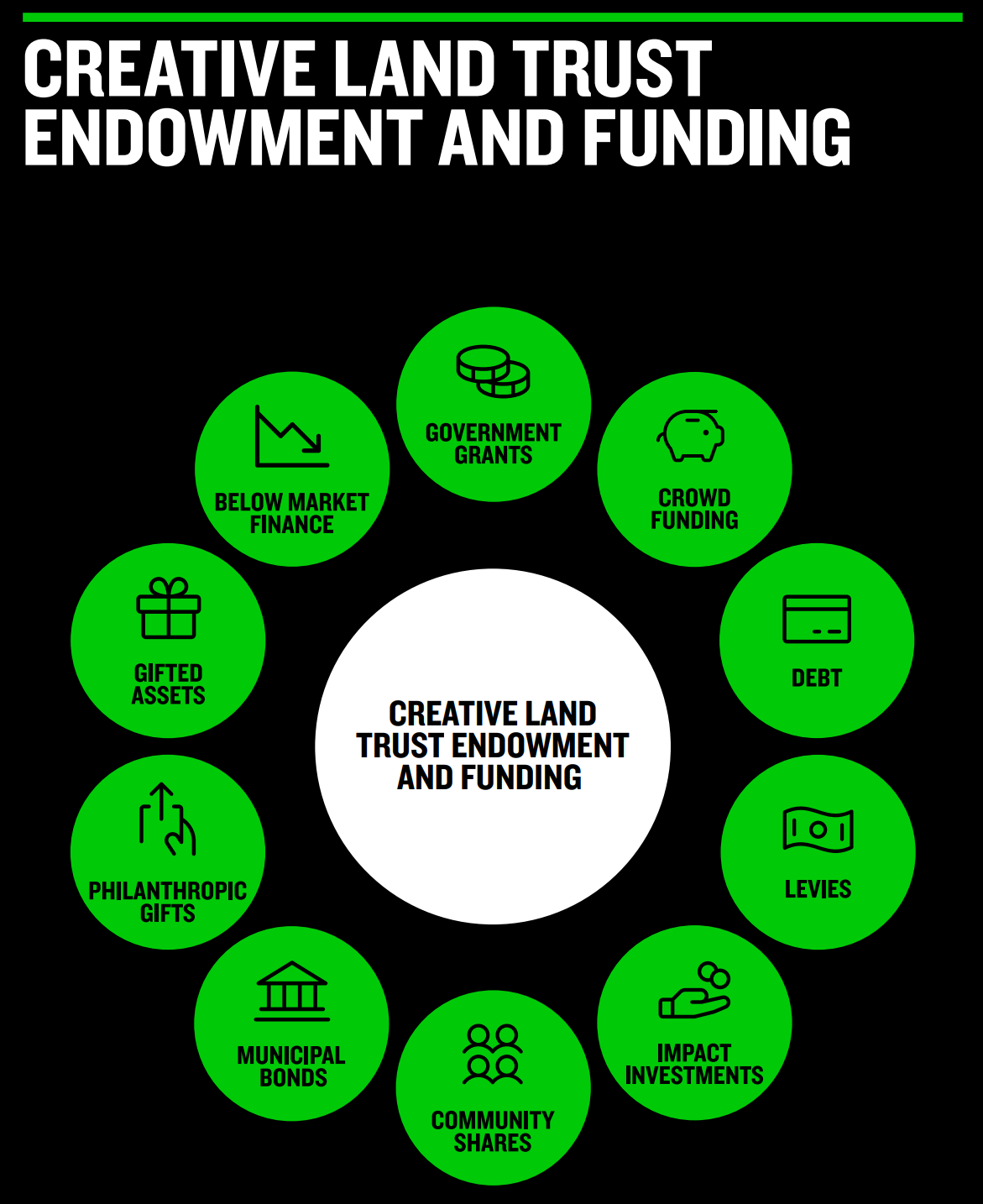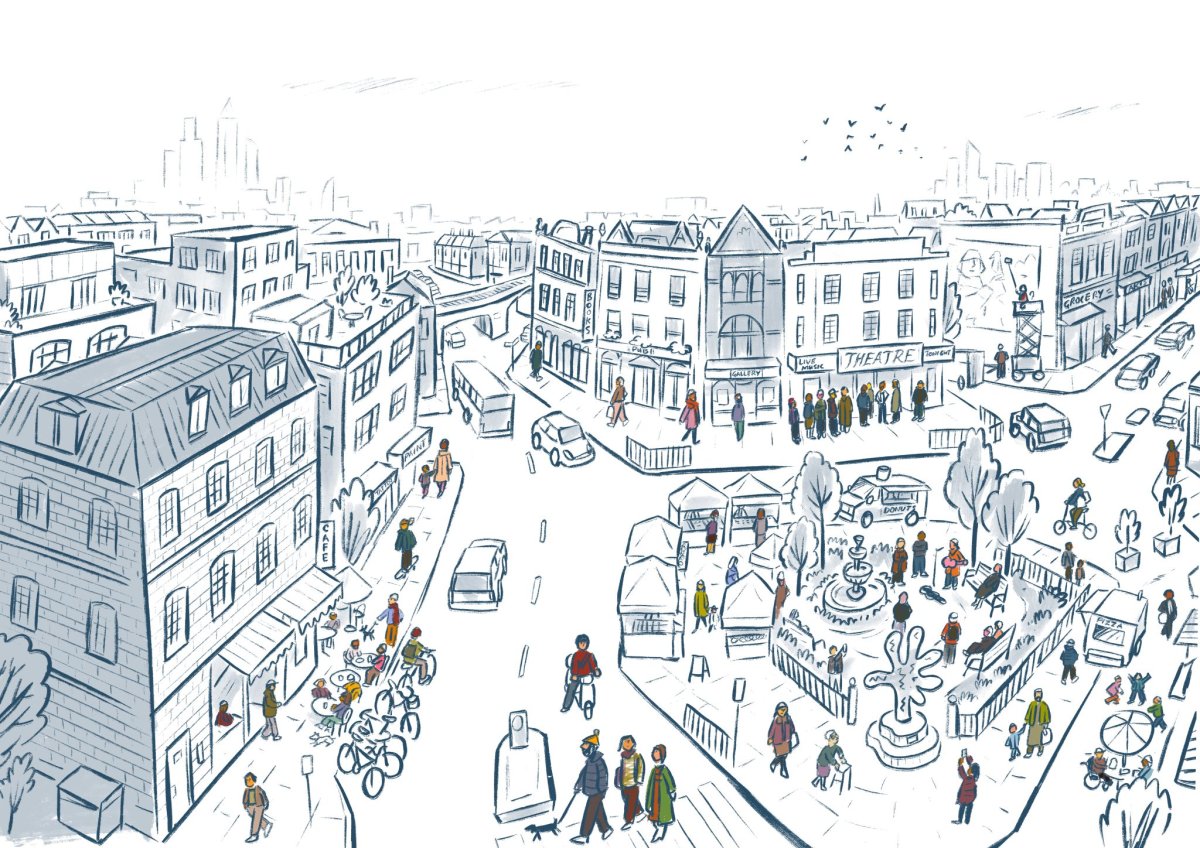In the rapidly changing landscape of Bedford-Stuyvesant, Brooklyn, a neighbourhood confronting intense gentrification and community displacement, local residents pioneered an innovative approach to urban preservation.
The Brooklyn Waterfront Community Land Trust (BWCLT) emerged in 2024 as a strategic response to protect neighbourhood character, affordable housing, and communal spaces.
By acquiring 12 acres of former industrial waterfront property, the initiative developed a structured approach to urban land management, focusing on affordable housing, community spaces, and economic development.
The project integrated 87 affordable housing units, 2.5 acres of community gardens, and designated areas for small business development.
It's an example of urban land conservation taking a pragmatic turn in a new guide from the World Cities Culture Forum, the network of representing 45 creative cities from six continents and a population of over 270 million, detailing systematic approaches for establishing community land trusts in metropolitan areas.
The June 2025 publication titled “Creative Land Trusts: A Practical Guide - How To Hardwire Affordable Creative Workspace In Your City” outlines methodical strategies for local governments and community organizations to acquire, manage, and preserve urban green spaces and community-owned properties.
In the report, creative economy is considered of crucial importance, as “a significant driver of global and urban economic growth”, generating $2.3 trillion in global annual revenues and accounting for 3.1% of global GDP and for 1 in 5 jobs in London.
While more and more cities aim at attracting creatives to become ‘creative cities’, affordability of working spaces for creatives is challenged by urbanization, high rents and property market forces. For instance, in Vancouver, in 2019 “two thirds of the city’s creative spaces were on leases of five years or less, and one-third of them were on month-by-month leases of a year or less”.
“The loss of cultural spaces threatens the long-term prosperity of world cities, striking at the heart of what makes them unique – their rich cultural offer, their cosmopolitan mix of people, and their ability to innovate” as said by Justine Simons OBE, London's Deputy Mayor for Culture and Creative Industries, Founder and Chair, World Cities Culture Forum.
The report responds to this common challenge by showcasing success stories, where city leaders implemented innovative solutions to secure affordable land and assets for the CCS’ creation and collaboration in the long run.
CCS' Affordable Workspaces is a Good Investment for the City
According to the report, creative space areas in London demonstrated a 4.4% a per annum out performance during a 10-year window.
The BWCLT's funding model drew from diverse sources, including 40% municipal grants, 30% community investments, 20% philanthropic contributions, and 10% crowdfunding. This financial strategy enabled the transformation of an underutilized urban area into a functional, community-oriented space.
By prioritizing local engagement and flexible zoning interpretations, the project demonstrated a practical method for addressing urban development challenges while maintaining neighbourhood character and supporting long-term community sustainability.
“In Sydney, creative workspaces let to creatives at affordable rents were generating an astonishing return on the 17:1 city’s investment. In Toronto, creative workspaces led to the regeneration of neighbourhoods.”

Best practices showcased include world cities with pioneering solutions, such as San Francisco with Community Arts Stabilization (CAST) and Helsinki with Kaapeli.
London is also included, showcasing "Creative Land Trust". London's CLT was inspired by CAST in San Francisco and financed by Mayor of London, Bloomberg Philanthropies and the Arts Council England, and supported by Outset Contemporary Art Fund.
"Creative Land Trusts and related models are choosing to inhabit the very structures of capitalism—not to uphold them, but to subvert them for cultural and social value" as said Michelle Tabet, Founder and Director of Left Bank Co and facilitator of the inaugural Creative Land Trust in the context of Summit in San Francisco in May 2025.
Other cases in the report include Austin, Denver, Toronto, Seattle, Warsaw, Calgary, Dublin, Melbourne, and Vancouver.
The report concludes with a five step practical guide on how to proceed, if interested to establish a Creative Land Trust or a similar model adapted to a city’s special characteristics. A FAQ section and a glossary of terms is also included.
You can find more here
Image credits :
Image 1 A creative city. Illustration by Jeffrey Phillips. Courtesy of the Report - Creative Land Trusts: A Practical Guide - How To Hardwire Affordable Creative Workspace In Your City.









